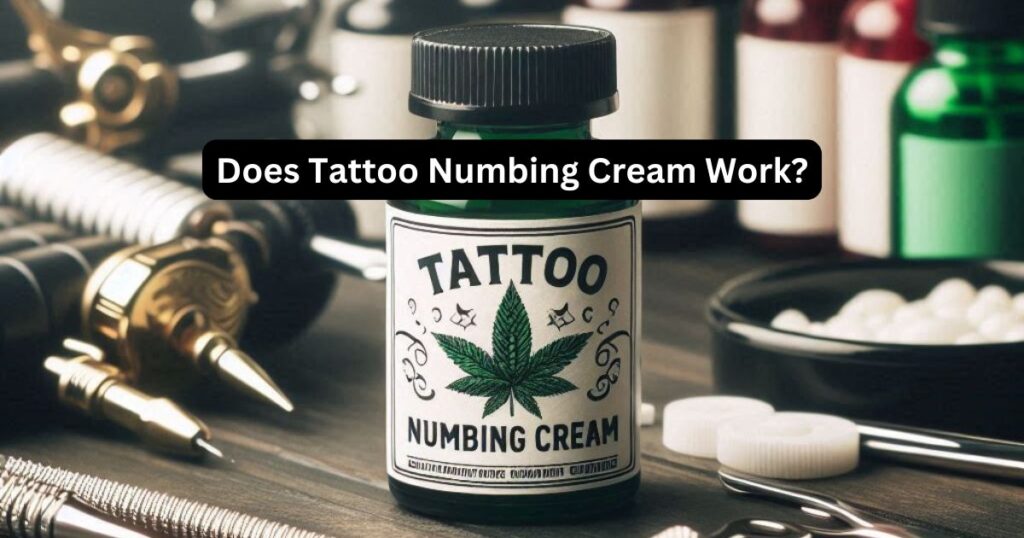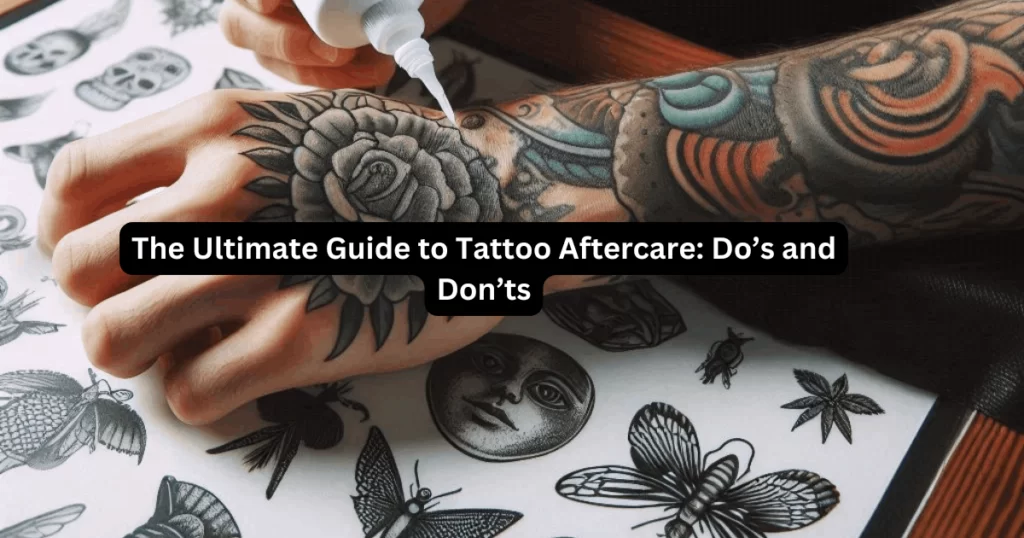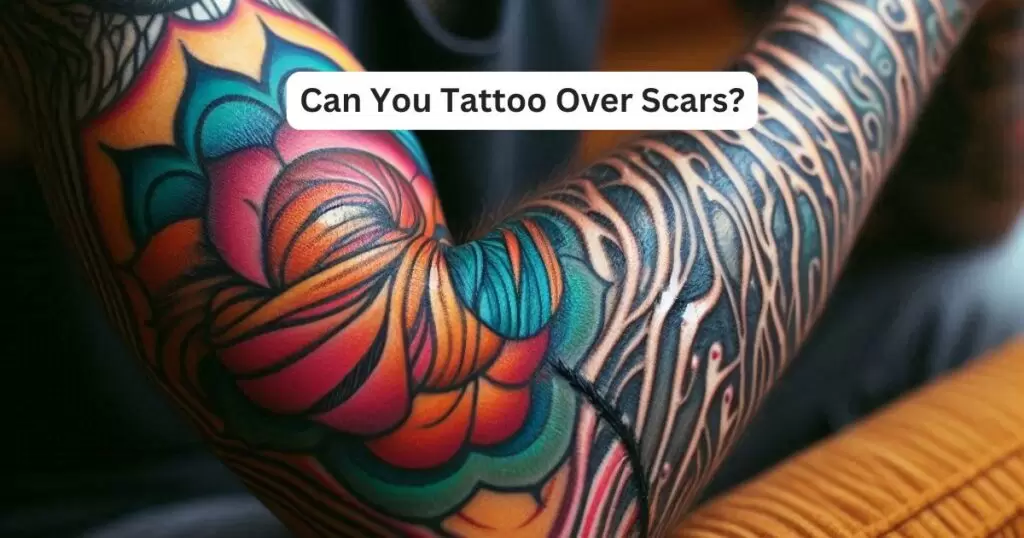Yes, tattoo numbing cream can work, but results vary from person to person. These creams aim to reduce the pain and discomfort associated with getting a tattoo.
For many, they can be effective, but it depends on the product used, how it’s applied, and individual factors like skin sensitivity.
How Does Tattoo Numbing Cream Work for Tattoos?
Tattoo numbing cream is a topical anesthetic applied to the skin before the tattooing process. It works by temporarily blocking the nerves in the area where it is applied, reducing the sensation of pain. These creams often contain active ingredients like lidocaine, benzocaine, or prilocaine.
The numbing effect typically lasts between one and three hours, giving the artist time to complete part of the tattoo. However, they do not eliminate pain completely. They simply make the experience more bearable.
How Long Does Tattoo Numbing Cream Take to Work?
Tattoo numbing cream typically takes about 30 to 60 minutes to start working. It’s important to apply it at least 30 minutes before your tattoo session to allow the numbing effect to fully set in.
How to Use Tattoo Numbing Cream Properly
To get the most out of tattoo numbing cream, you need to apply it correctly. Here’s a simple step-by-step guide:
- Clean the skin: Before applying the cream, make sure the skin is clean and dry. Use soap and water to wash the area, and then pat it dry with a clean towel.
- Apply a thick layer: Spread a generous amount of the cream over the area where the tattoo will be. Don’t rub it in completely. You want a thick layer to ensure the skin absorbs the cream.
- Cover with plastic wrap: Once the cream is applied, cover the area with plastic wrap. This helps the cream penetrate the skin more effectively.
- Wait for the cream to take effect: Let the cream sit for 30-60 minutes before your tattoo session. This allows enough time for the numbing effect to kick in.
- Remove the plastic wrap: Right before the tattooing starts, remove the plastic wrap and wipe off any excess cream. The numbing effect should last for a few hours.
Does Tattoo Numbing Cream Work for Everyone?
Tattoo numbing creams do work for most people, but not everyone experiences the same level of relief. Some factors can influence how effective the cream will be:
- Skin sensitivity: People with sensitive skin may feel more relief from the cream, while others with thicker or less sensitive skin might not notice as much of a difference.
- Tattoo size and location: Larger tattoos that take several hours to complete may require multiple applications of the cream. Areas of the body with thinner skin or more nerve endings, like the ribs or ankles, might still be more painful even with numbing cream.
- Type of cream: Not all numbing creams are created equal. Some contain stronger anesthetics than others. The effectiveness of the cream can also depend on the brand and its formulation.
- Body’s reaction: Some people’s bodies metabolize the active ingredients faster than others, which can affect how long the numbing effect lasts.
What Are The Side Effects of Numbing Cream For Tattoos?
While most people can use tattoo numbing creams without problems, some side effects can occur. These include:
- Skin irritation: The chemicals in the cream can sometimes cause redness, itching, or a burning sensation. This is more likely if you have sensitive skin or are allergic to one of the ingredients.
- Allergic reactions: In rare cases, people may experience an allergic reaction to the numbing cream. Symptoms include hives, swelling, and difficulty breathing. If this happens, seek medical attention immediately.
- Reduced tattoo quality: Some tattoo artists believe that numbing creams can affect the skin’s texture, making it more difficult to tattoo. This can lead to less precise lines or shading. However, this is not a universal concern, and many artists are fine with using numbing creams.
Do Tattoo Artists Recommend Numbing Cream?
Opinions vary among tattoo artists about the use of numbing cream. Some artists are fine with their clients using it, while others prefer not to. This is often because of concerns about the cream affecting the skin’s texture, which could potentially impact the quality of the tattoo.
If you plan to use numbing cream, it’s a good idea to discuss it with your tattoo artist ahead of time. They can guide whether it’s suitable for your tattoo and recommend the best way to apply it.
Alternatives to Numbing Cream
If you’re unsure about using tattoo numbing cream, there are a few alternatives you can try to manage pain during your tattoo session:
- Pain tolerance: Some people prefer to go without any numbing aid, relying on their natural pain tolerance. Pain is part of the tattoo experience for many people.
- Breaks: If you’re getting a large tattoo, taking regular breaks can help manage the pain. This gives your body time to recover before continuing the session.
- Distraction techniques: Bringing something to focus on, like music or a podcast, can help take your mind off the pain.
- Breathing exercises: Focusing on your breathing can help reduce stress and make the pain more manageable.
Should You Use Tattoo Numbing Cream?
Tattoo numbing cream can be a helpful tool for reducing pain during a tattoo session. While it won’t eliminate all discomfort, it can make the experience more tolerable for many people. However, results vary, and it’s important to follow the instructions carefully for the best effect.
Before using numbing cream, it’s a good idea to consult your tattoo artist. They can advise on whether it’s appropriate for your tattoo and how to apply it. The effectiveness of the cream will depend on factors like skin sensitivity, tattoo size, and the specific product you use.
In the end, numbing cream is a personal choice. If you think it will help make your tattoo experience more comfortable, it’s worth considering. Just be mindful of potential side effects and communicate with your artist to ensure the best outcome.




